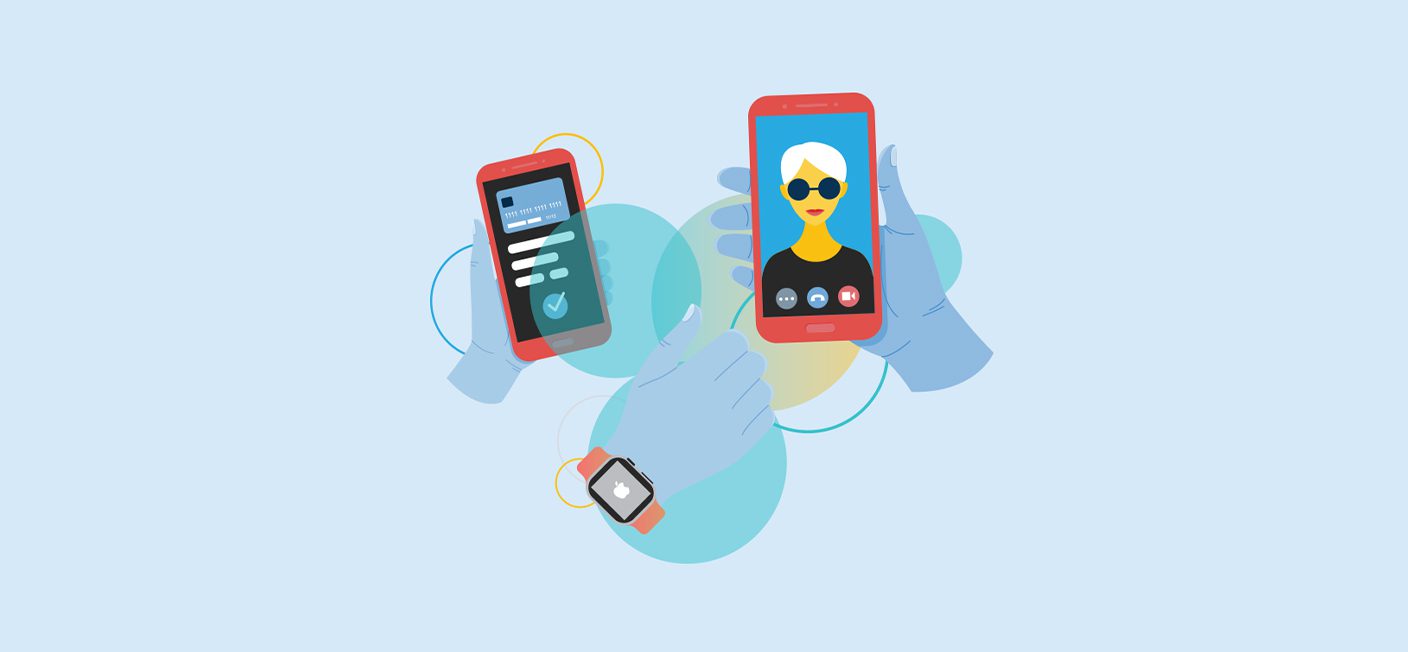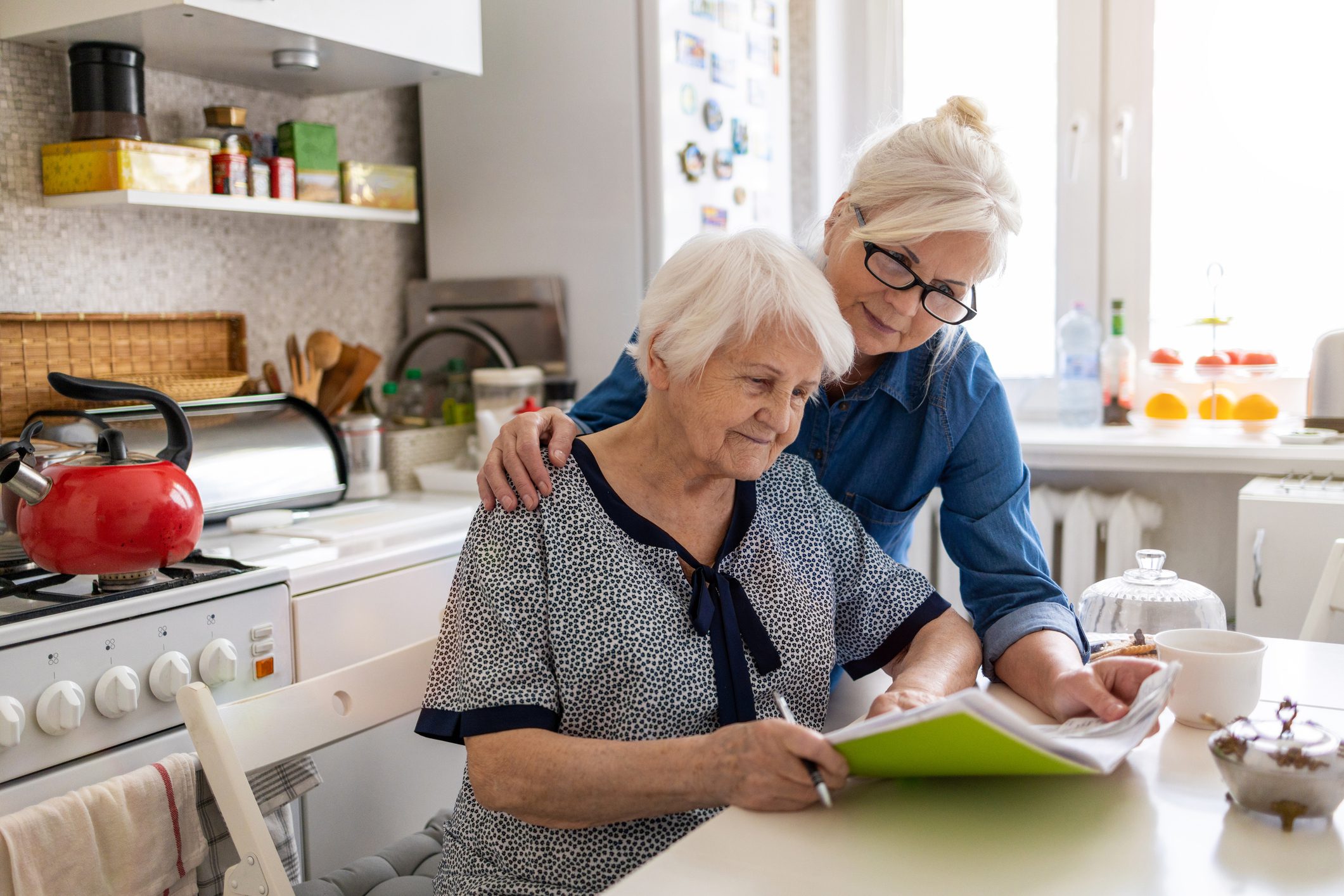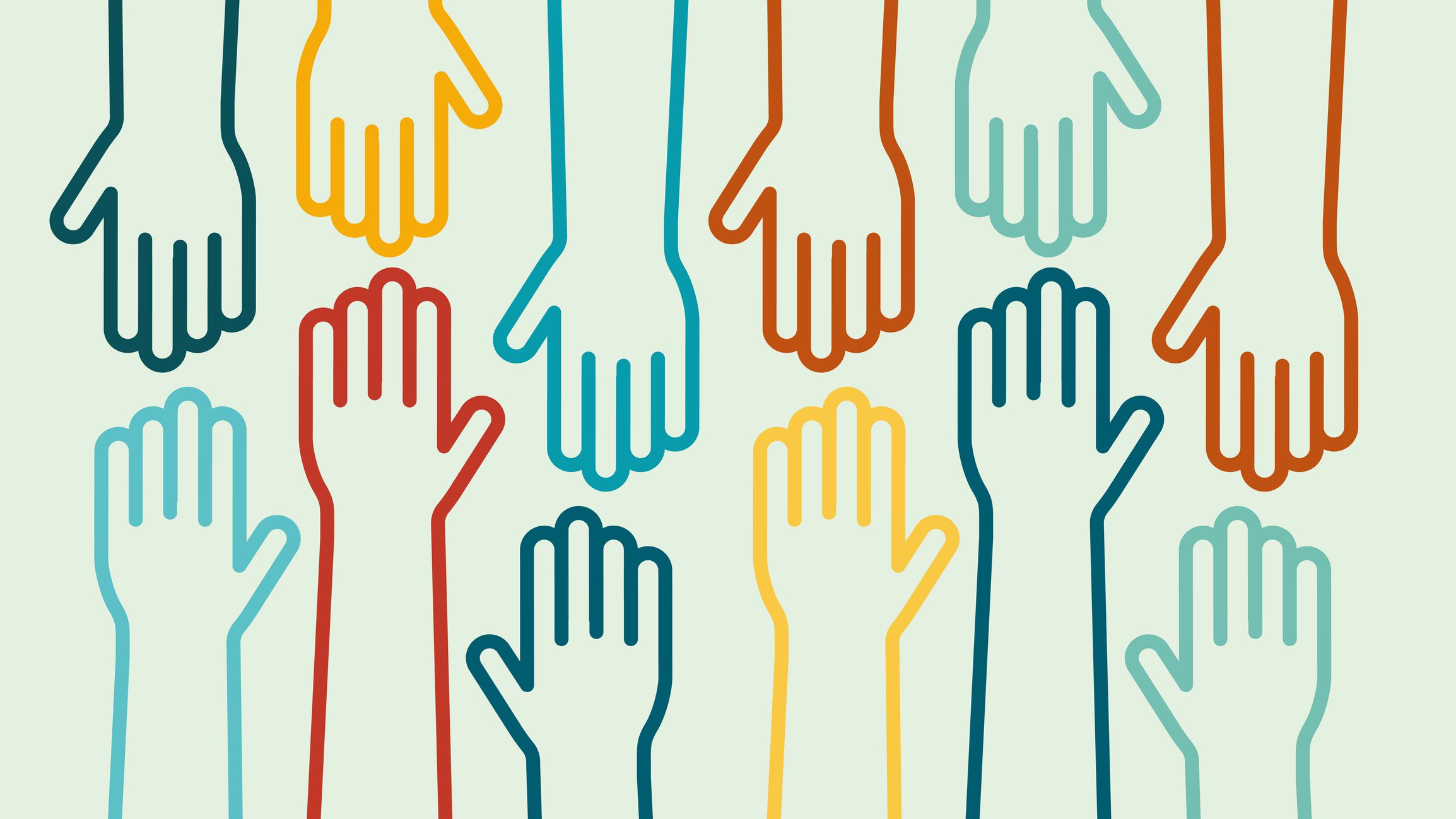Caregivers have a big job. And when you’re away, so often there’s worry. Thankfully, technology can help you stay connected when you’re not there… and do a whole lot more!
There are tools available to help you support loved ones experiencing lack of mobility, memory loss and loneliness. Technology can also provide accurate location tracking and security monitoring, because sadly, not only are home accidents real, so too is elder abuse. So, check out these tools to help reduce stress and avoid burnout for caregivers, and help your loved ones live their best lives.
Wearable tech for emergency communication and health tracking.
By now, we’re all familiar with the famous Life Alert commercial that has been running for the past 30-plus years. But wearable devices have come a long way. Take
the Apple Watch. If you’ve fallen, (or fallen behind on text messages), it’s already right there on your wrist, making it possible to phone for help directly from the Apple Watch (if connected to the wearer’s cell phone). Beyond calling for help, wearable devices can help you track health data such as glucose, heart rate, medication, calorie intake and sleep. And the information is all trackable by the wearer, their doctor and loved ones via apps or the internet.
Yes, there’s an app for that.
Speaking of smart devices, your phone not only can keep you connected with a call but also with loved one’s health information and daily needs. Medication-tracking apps, such as Medisafe, provide easy-to-use reminders and also connect that info with caregivers and providers. Other apps can help manage everything from appointments to errands to health updates, while disease-specific apps address unique caregiving needs, such as those of dementia patients.
Connected everything — even appliances!
The “Internet of Things” (IoT) – yes, that’s really a term – refers to the increasing number of everyday items that connect to the world wide web. While you might ask why you would want the internet in your fridge, (such as those offered by Samsung, LG and GE), keep in mind that high-tech sensors can track when family members need a grocery refill, assure you that house entry doors are secure and keep caregivers connected even when they’re away.
Special delivery.
A family member shouldn’t go without groceries or a favorite meal just because they can’t get out. Delivery services, such as Shipt and Instacart, provide same-day grocery delivery from a personal (and affordable!) shopper. And depending on where you live, app- or web-based restaurant delivery services, such as Uber Eats or DoorDash, can have take-out delivered to your loved one’s door. You can even celebrate special occasions “together apart” by sharing a favorite restaurant meal at home, while on a video call.
Video calling made easier.
A lot of us have become used to Facetime and Zoom calls to help us stay connected, but it’s not easy for everyone. Smart display devices, such as the Echo Show from Amazon, offer a built-in screen, camera and speakers for drop-in calling; and pre-selected users can check in anytime via video call. This system blends safety and social elements for long-distance family, case managers, remote appointments and diagnoses. So, don’t forget to e-call your mother!















